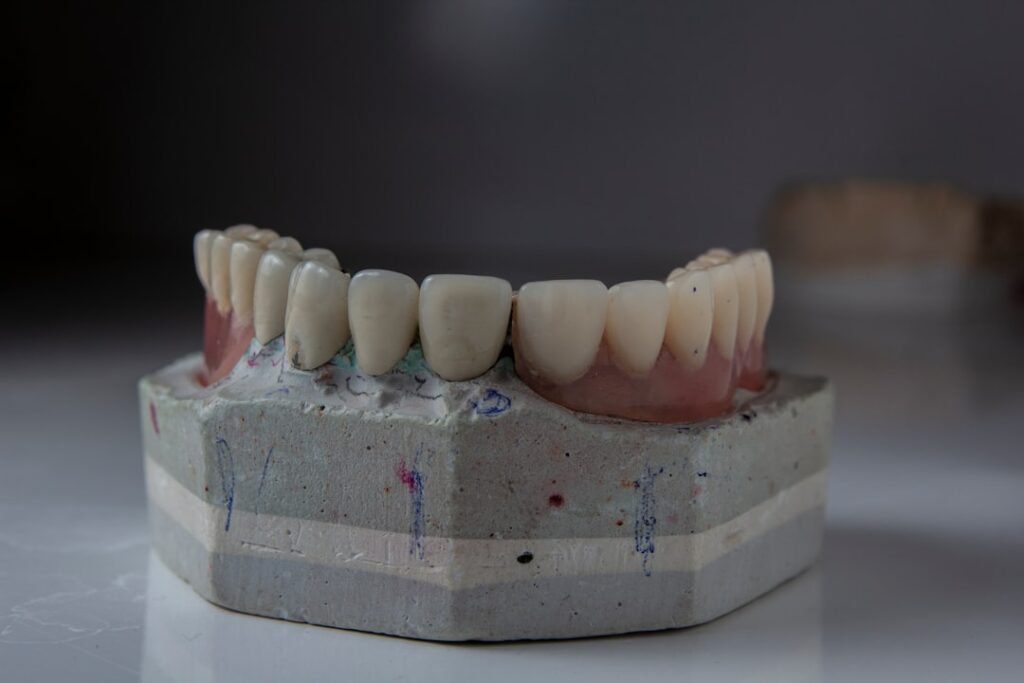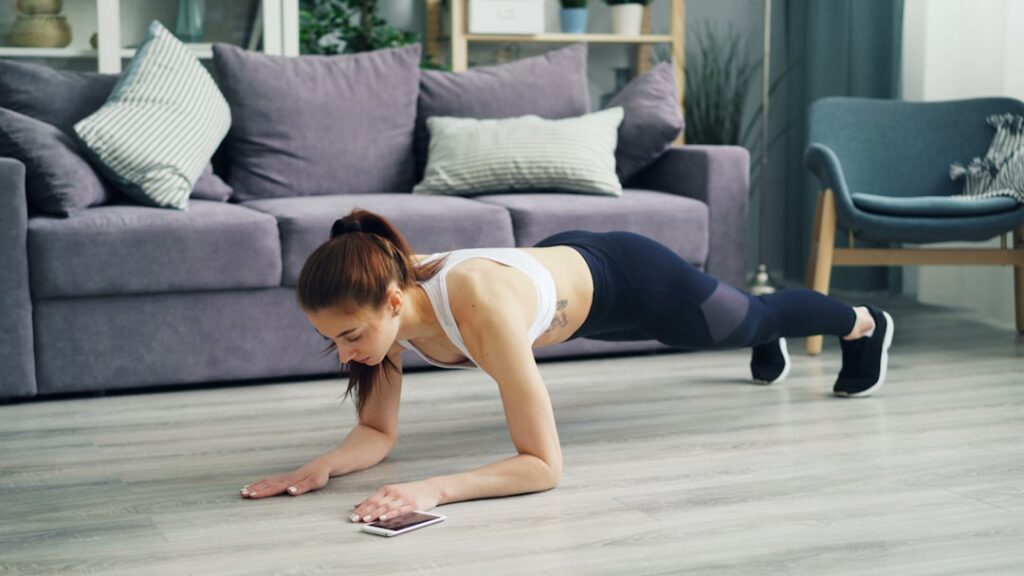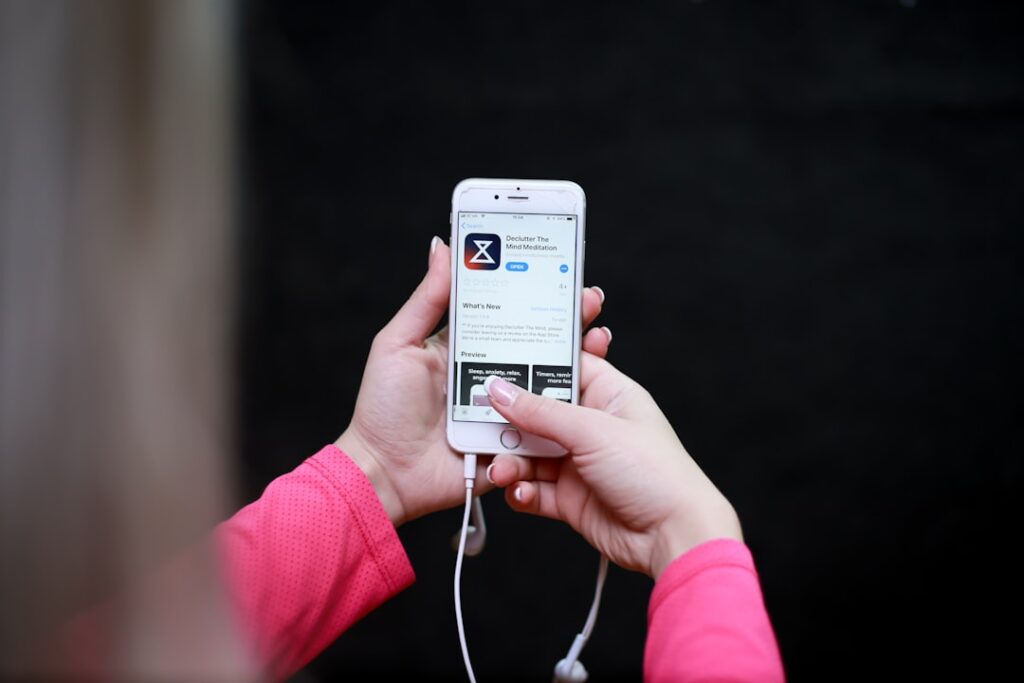HIIT Workout at Home: Transform Your Fitness Fast
Do you ever feel like you’re constantly chasing time, struggling to fit a meaningful workout into your packed schedule? Perhaps the thought of navigating a crowded gym feels overwhelming, or maybe you’re simply tired of conventional routines that promise much but deliver little in the way of rapid, noticeable results. You’re not alone. Many of us grapple with the challenge of staying fit amidst life’s demands, and the quest for an effective, time-efficient solution often feels like an uphill battle. But what if there was a way to achieve significant fitness gains, burn fat, and boost your energy levels—all from the comfort and convenience of your own home? This is where a targeted HIIT workout at home truly shines, offering a potent path to transforming your physique and well-being without requiring hours of your day or an expensive gym membership.
The Modern Fitness Dilemma: Why Time is Our Biggest Barrier
In our fast-paced world, time has become a luxury. Between work commitments, family responsibilities, and personal obligations, carving out a dedicated hour for fitness can feel like an impossible task. This isn’t just about a lack of discipline; it’s a systemic issue that impacts our health:
-
Lack of Time & Motivation
The primary hurdle for many is simply finding the time. A study published in the International Journal of Behavioral Nutrition and Physical Activity highlighted time constraints as a significant barrier to physical activity. When we’re already stretched thin, the idea of a long, drawn-out workout can be a major demotivator. This often leads to a cycle of missed workouts, guilt, and eventually, a complete abandonment of fitness goals.
-
The Intimidation Factor
For some, gyms can be intimidating environments. The unfamiliar equipment, the perceived judgment from others, or simply the logistics of getting there and back can be enough to deter even the most well-intentioned individuals. This creates a barrier to entry, leaving many without access to the guidance or resources they need to get started.
-
Overwhelmed by Options
The sheer volume of fitness information online can be paralyzing. From endless diet trends to complicated workout plans, it’s easy to feel lost and unsure of where to begin. This “analysis paralysis” often leads to inaction, as individuals fear making the wrong choice or investing time in something that won’t work.
These challenges collectively contribute to declining physical activity levels, increased stress, and a growing sense of frustration with our health journeys. But what if there was a scientifically backed approach that directly addresses these problems?
Understanding HIIT: Your Ally for Efficiency
High-Intensity Interval Training (HIIT) isn’t just a buzzword; it’s a powerful training methodology backed by extensive research. It’s designed to give you maximum results in minimum time, making it an ideal choice for anyone looking for an effective home workout solution.
[**Image Suggestion:** An infographic illustrating the HIIT cycle: short burst of intense exercise, short rest, repeat.]
-
What is HIIT?
HIIT involves short bursts of intense anaerobic exercise, followed by brief recovery periods. These intense intervals typically push your heart rate to 80-95% of its maximum, while recovery periods bring it down to 40-50%. The beauty of HIIT is that it doesn’t require a gym or fancy equipment; your body weight and a small space are often all you need.
-
The Science Behind Fast Results
The effectiveness of HIIT lies in its physiological impact. Research consistently shows that HIIT can:
- Boost Metabolism: A study published in the Journal of Obesity (Boutcher, S. H. (2011). High-intensity intermittent exercise and fat loss. Journal of Obesity, 2011, 868305. Link) found that HIIT significantly reduces total body fat, including visceral fat, more effectively than traditional moderate-intensity exercise. This is partly due to the “afterburn effect” or Excess Post-exercise Oxygen Consumption (EPOC), where your body continues to burn calories at an elevated rate for hours after your workout.
- Improve Cardiovascular Health: Despite its short duration, HIIT effectively improves aerobic and anaerobic fitness. The American College of Sports Medicine (ACSM) notes that HIIT can enhance maximal oxygen consumption (VO2 max) and improve heart health markers, often more efficiently than steady-state cardio (ACSM Guidelines for Exercise Testing and Prescription, 11th Edition, 2021).
- Increase Muscle Mass (or preserve it during weight loss): While not primarily a strength training method, HIIT, especially with bodyweight exercises, can stimulate muscle growth and help preserve lean muscle mass during fat loss, contributing to a more toned physique.
- Enhance Glucose Metabolism: Studies have shown HIIT can improve insulin sensitivity and glucose regulation, offering significant benefits for metabolic health and reducing the risk of type 2 diabetes. For instance, a review in the journal Diabetologia highlighted HIIT’s positive effects on blood sugar control (Jelleyman, C., et al. (2015). The effects of high-intensity interval training on glucose regulation and insulin resistance: a meta-analysis. Diabetologia, 58(4), 681-690. Link).
Crafting Your Perfect HIIT Workout at Home
Getting started with an at-home HIIT routine is simpler than you might think. The key is structured progression and listening to your body.
[**Image Suggestion:** A clear diagram showing proper form for common bodyweight exercises like squats, planks, lunges.]
-
Essential Equipment (Often None!)
One of the greatest advantages of a HIIT workout at home is its minimal equipment requirement. For many, just their body weight is enough. However, a few items can enhance your routine:
- Yoga Mat: For comfort during floor exercises.
- Timer: Essential for precise work/rest intervals (most smartphone apps work perfectly).
- Water Bottle: Stay hydrated!
- Optional: Resistance bands, a jump rope, or light dumbbells if you wish to add intensity.
-
Sample Beginner-Friendly Routine: Ignite Your Metabolism
Here’s a 20-minute routine, including warm-up and cool-down, perfect for starting your HIIT journey. Perform each exercise intensely for 30 seconds, followed by 30 seconds of rest. Complete 2-3 rounds.
Warm-up (5 minutes):
- Light jogging in place (1 min)
- Arm circles (forward & backward, 1 min)
- Leg swings (forward & side, 1 min)
- Torso twists (1 min)
- Dynamic stretches (e.g., cat-cow, leg cradles, 1 min)
Workout (10 minutes, 2 rounds of 5 exercises):
- Jumping Jacks: Full body cardio to elevate heart rate.
- Bodyweight Squats: Engages glutes, quads, and core. Ensure knees don’t go past toes.
- Plank: Core strength and stability. Hold a strong, straight line.
- Reverse Lunges: Works legs and glutes, improves balance.
- Mountain Climbers: Dynamic core and cardio. Keep hips stable.
Cool-down (5 minutes):
- Static stretches for major muscle groups (hamstrings, quads, chest, triceps) holding each for 20-30 seconds.
- Deep breathing exercises.
-
Progressing Your At-Home HIIT
As you get fitter, you can increase the intensity and duration of your HIIT workouts:
- Increase Work Time, Decrease Rest: Try 40 seconds work / 20 seconds rest.
- Add More Rounds: Go from 2 to 3 or 4 rounds.
- Incorporate More Challenging Exercises: Burpees, push-ups, jump squats, high knees.
- Add Equipment: Use resistance bands for squats, lunges, or push-ups, or light dumbbells for bicep curls/shoulder presses during active recovery.
Real Transformations: Stories from the Living Room
The power of at-home HIIT isn’t just theoretical; it’s proven in countless real-life scenarios. Take, for example, Maria, a 38-year-old marketing manager and mother of two. “Before discovering HIIT, my fitness routine was non-existent,” she recounts. “I’d try to hit the gym, but childcare, work deadlines, and sheer exhaustion always got in the way. I felt sluggish, my clothes were getting tight, and my energy levels were at an all-time low.”
Maria started with a simple 15-minute bodyweight HIIT program three times a week. Initially, she struggled, but the short bursts made it manageable. After just six weeks, she noticed a remarkable difference. “My energy skyrocketed, I was sleeping better, and I had dropped a dress size,” she explains. “The biggest change wasn’t just physical; it was mental. I felt stronger, more confident, and less stressed. Knowing I could get such an effective workout in my living room, sometimes even during my kids’ nap time, was a game-changer.” Maria’s story highlights the psychological boost and practical feasibility that at-home HIIT provides.
Expert Insight: The Power of Consistency
Dr. Emily Stone, a certified exercise physiologist and founder of “Active Home Fitness,” emphasizes the importance of consistency over intensity, especially when starting. “Many people jump into HIIT aiming for maximal effort every single session, which can lead to burnout or injury,” says Dr. Stone. “The real magic of a home-based HIIT routine, particularly for busy individuals, is its adaptability. It removes the barriers of travel and equipment, making it easier to be consistent. Even 15-20 minutes, three to four times a week, consistently, will yield far superior results than sporadic hour-long gym sessions.” This expert perspective reinforces that the greatest asset of at-home HIIT is its ability to foster sustainable habits.
Beyond the Sweat: The Unexpected Benefits of At-Home HIIT
While the physical transformations are often the most visible, a dedicated HIIT workout at home offers a spectrum of benefits that extend far beyond aesthetics.
-
Mental Fortitude & Stress Reduction
Exercise, especially intense exercise, is a powerful stress reliever. During HIIT, your body releases endorphins, natural mood elevators that can reduce feelings of stress and anxiety. The focus required during high-intensity intervals can also provide a mental break from daily worries, acting as a form of active meditation. Furthermore, achieving fitness goals, even small ones, builds self-efficacy and confidence, positively impacting mental well-being.
-
Boosted Metabolism & Fat Loss
We’ve touched on EPOC, but it’s worth reiterating its significance. Unlike steady-state cardio, HIIT significantly elevates your metabolism for hours post-workout. This means you’re burning more calories even at rest. Combine this with the potential for increased fat oxidation (burning fat for fuel), and you have a highly effective strategy for sustainable fat loss and improved body composition.
-
Time Efficiency & Accessibility
Perhaps the most understated benefit is the sheer efficiency. In a world where time is currency, being able to achieve significant fitness gains in 20-30 minutes, without commuting to a gym, is revolutionary. This accessibility means consistent exercise is no longer a privilege for the few with ample free time, but an achievable goal for everyone.
Common HIIT Workout at Home Mistakes to Avoid
While highly effective, HIIT also comes with potential pitfalls if not approached correctly. Avoiding these common mistakes will ensure your at-home workouts are safe and productive.
-
Ignoring Warm-Up & Cool-Down
It’s tempting to jump straight into the intense intervals, especially when you’re short on time. However, skipping your warm-up dramatically increases your risk of injury and reduces performance. A proper warm-up prepares your muscles and cardiovascular system, while a cool-down aids recovery and flexibility.
-
Pushing Too Hard, Too Soon
HIIT is intense, but that doesn’t mean every session needs to leave you completely debilitated. Beginners should gradually build up intensity and duration. Starting too hard can lead to overtraining, injury, or burnout, making it difficult to stick with the routine. Listen to your body and prioritize proper form over speed or repetitions.
-
Neglecting Proper Form
When you’re performing exercises at high intensity, it’s easy for form to break down. Poor form not only reduces the effectiveness of the exercise but significantly increases the risk of injury. If you’re unsure about a movement, watch instructional videos, practice slowly, and prioritize correct technique even if it means doing fewer repetitions.
-
Inconsistent Routine
As Dr. Stone emphasized, consistency is key. Sporadic HIIT sessions, even if intense, won’t yield the same results as a regular, structured routine. Aim for 3-4 sessions per week, allowing adequate rest days for recovery. Remember, recovery is just as crucial as the workout itself.
-
Solely Relying on HIIT
While fantastic, HIIT shouldn’t be your *only* form of exercise. Incorporate some steady-state cardio (like walking or cycling) for active recovery, and consider dedicated strength training or flexibility work for a well-rounded fitness regimen. Variety helps prevent plateaus and addresses different aspects of fitness.
Your Path to Lasting Fitness
The journey to a healthier, more energetic you doesn’t require a gym membership, a personal trainer, or hours of your precious time. It requires a commitment to yourself, an understanding of what truly works, and the courage to start. An effective HIIT workout at home is more than just a series of exercises; it’s a philosophy of maximizing effort for minimal time, empowering you to take control of your health regardless of external constraints. By embracing the principles of High-Intensity Interval Training, you’re not just burning calories; you’re building resilience, boosting your metabolism, and reclaiming your vitality, one short, intense burst at a time. The path to transforming your fitness and well-being is right there, in your living room, waiting for you to begin. Take that first step today, commit to consistency, and discover the incredible results that await you.
About the Author
Alex Chen, CPT, CSCS is a certified personal trainer and strength and conditioning specialist with over a decade of experience in fitness coaching and program design. Holding a Master’s degree in Exercise Science from the University of California, Berkeley, Alex specializes in evidence-based training methodologies that maximize results for busy individuals. His passion lies in making effective, sustainable fitness accessible to everyone, empowering clients to achieve their health goals from anywhere. Alex is a regular contributor to leading health and wellness publications, advocating for practical and science-backed approaches to well-being.





